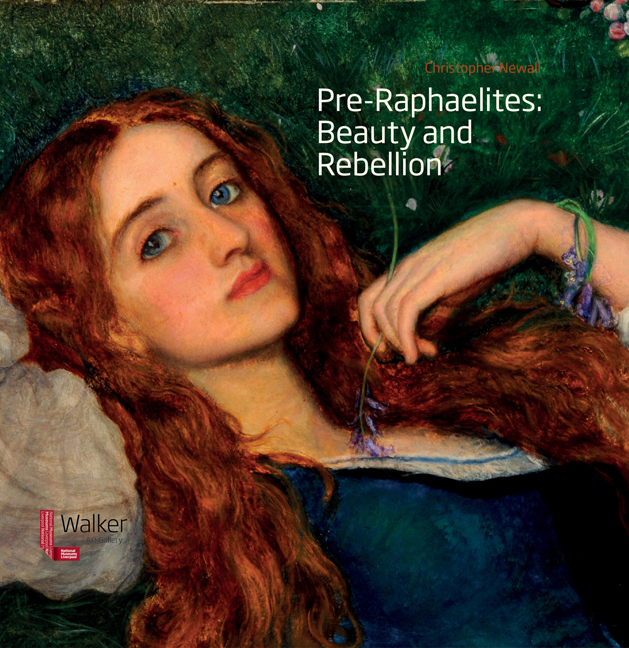‘My quaint old Liverpool friend’: Vernon Lushington and John Miller
from The Liverpool patrons
Summary
In 1856 or 1857 Ford Madox Brown wrote to John Miller commending to him a newly qualified barrister, Vernon Lushington. Miller replied, ‘I will be glad to know young Lushington when he comes down… as a number of the bar congregate frequently at No. 9.’ Around the same time, Brown himself wrote to the Liverpool artist William Davis:
To try and assist you to get more known Vernon Lushington from whom I have a letter along with yours, desired to be introduced to Mr Miller chiefly to become acquainted with Windus & yourself & thought you will find him I doubt not a valued friend & each year increase in powers & influence, He is indeed exceedingly loved by his friends.
After his first visit to Miller's home in August 1857, Lushington wrote back to Brown:
One line to thank you for the hearty welcome I have received from your friend Mr John Miller… he received me with wonderful cordiality & bad me make his house my own. I am going to dine with him on Sunday. It gives me a new spurt in life to see & hear such a fine old fellow…
A decade later, Lushington reported to his wife that he had just been visited by “old Mr Miller my quaint old Liverpool friend – to whom 10 years ago I took a letter of introduction from Madox Brown, the Pre-Raphaelite painter. We have been steady friends, he & I, ever since & talked infinite law & art together.” Their long friendship had drawn the young barrister into the circle of the Liverpool Pre-Raphaelites and their collectors.
Until recently knowledge of Vernon Lushington was largely restricted to brief references in the autobiographies and letters of his better known contemporaries, including in Georgiana Burne-Jones’ Memorials of Edward Burne-Jones in which he is recorded as the man who had introduced her late husband to Rossetti, an act which changed the course of his life.
The recent emergence of a large collection of Lushington family papers has provided an opportunity to know more of this man and to assess his central role in the intellectual and cultural history of the second half of the 19th century. The archive has also revealed the only known photographs of John Miller (pages 2 and 79) and his daughter Maria.
- Type
- Chapter
- Information
- Pre-Raphaelites: Beauty and Rebellion , pp. 63 - 65Publisher: Liverpool University PressPrint publication year: 2016



